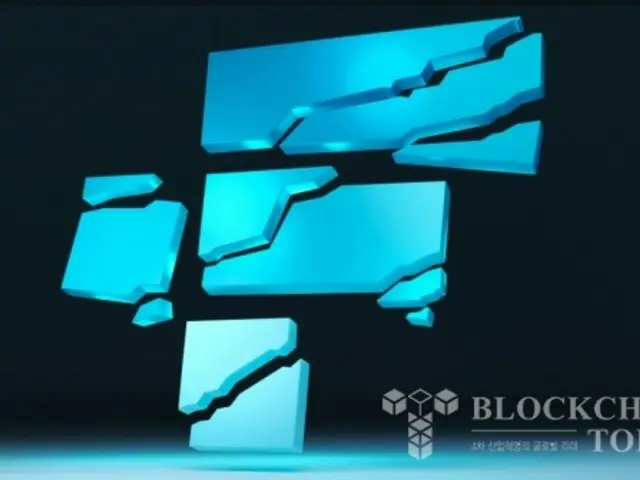On the 7th (local time), FTX's bankruptcy trustee stated in a document filed in a Delaware court in the United States that the KYC system had been terminated by March 3rd.
The company said it had rejected and voided all claims from customers who had not started the process. The original deadline was March 1, but it has been extended by two days.
More than 392,000 customers lost their claims as a result, and their information was included in a total of 2,377 pages of documents.
The size of the claim was initially estimated at about $1 billion, but was later extended by FTX creditor Sunil
Kavuri estimates the actual damages to be as much as $2.5 billion, with around $655 million in claims under $50,000.
The bankruptcy trustee also explained that in addition to users who have already been dismissed, customers who have not yet completed KYC will be unable to withdraw funds until June 1.
They warned that if they did not submit all of their identity documents by 4 p.m. ET, their claims could be invalidated.
FTX began redeeming customers on January 3 of this year, and with court approval, has paid out approximately $12.6 billion to $16.5 billion to all claimants.
The company plans to distribute cash in the amount of 10,000,000 yen. Redemptions will be based on the value of crypto assets held by customers at the time of the bankruptcy filing in November 2022.
FTX interim CEO John Ray said, "FTX's existing management team will continue to formally verify and provide identity verification to users.
"Basic due diligence, such as investigating the source of funds, was not properly carried out," he said, emphasizing that "as a result, KYC verification of all customer accounts is mandatory during the redemption process."
2025/04/08 10:03 KST
Copyright(C) BlockchainToday wowkorea.jp 118

